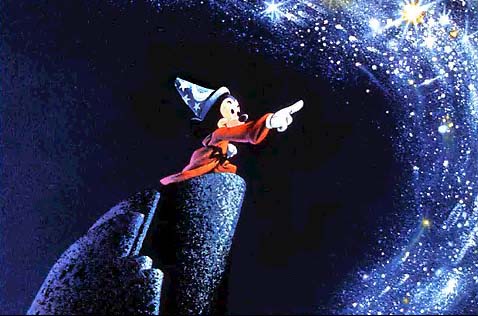
Laura Holson in Los Angeles
October 4, 2006
WITH more than a dozen computer-animated movies being readied for release by mid next year, Hollywood is facing viewer fatigue worthy of Sleeping Beauty. Now, with so many movies for audiences to choose from, some are failing to meet expectations or flopping outright.
Disney's The Wild proved anything but, bringing in only $US37 million at the US box office. A bigger disappointment was The Ant Bully, produced by Tom Hanks and distributed by Warner Brothers, which took only $US27 million. While the debut of Open Season, the tale of a grizzly bear and a deer who battle hunters, brought in $US23 million ($31 million) last weekend for Sony Pictures, putting it in first place, only time will tell whether it is widely embraced by moviegoers.
Over the past five years, almost every major film studio has sought to make or acquire the type of movies pioneered by animation studio Pixar, which was recently acquired by Disney. But while animation continues to be popular with families, audiences complain movie plots and characters looking increasingly alike.
And talking animals, it seems, may be wearing out their welcome.
Computer animation is not the novelty it was a decade ago. "I think audiences are saying, 'I've seen a lot of computer animation and it's not so special any more,"' said Julia Pistor, executive producer of Barnyard, a modest hit that earned $US71 million in the US. "In that case, it's a lot harder for a movie to break through."
Both Pixar and its main rival, DreamWorks Animation, continue to dominate the genre because their brands are widely known and highly regarded. But even they are feeling the pinch. Though Cars was a hit, bringing in $US243 million, even it failed to live up to expectations. The stock price of DreamWorks is down about 12 per cent since the company went public in 2004. Box office figures show how central Disney and DreamWorks are to the animation business. Monitors Nielsen EDI said 2004 was a banner year for animation, with domestic box office receipts of $US1.2 billion. That success was largely due to the release of DreamWorks' Shrek 2 and Shark Tale, and The Incredibles from Pixar.
Last year, the US box office fell by half, to $US640 million. Pixar did not release a film that year, and DreamWorks' Wallace and Gromit: The Curse of the Were-Rabbit was a flop.
As of last month, animated films had taken $US928 million in the US. But there has been a rise in the number of films - with 17 films released compared with last year's 11. And the latest crop looks a lot like a zoo, with Warner's Happy Feet, featuring tap-dancing penguins, and two about rats - DreamWorks' Flushed Away and Pixar's Ratatouille - which follow the hits Over the Hedge and Ice Age.


